What Are Crushed Red Chilies?
Crushed red chilies are dried red chili peppers broken into small flakes or pieces. Typically ranging from 30,000 to 50,000 Scoville Heat Units (SHU), they are commonly used in Italian, Mexican, and Asian cuisines to add heat and depth to dishes. The primary ingredient is usually cayenne pepper, but blends may include ancho or habanero varieties for varying heat levels.
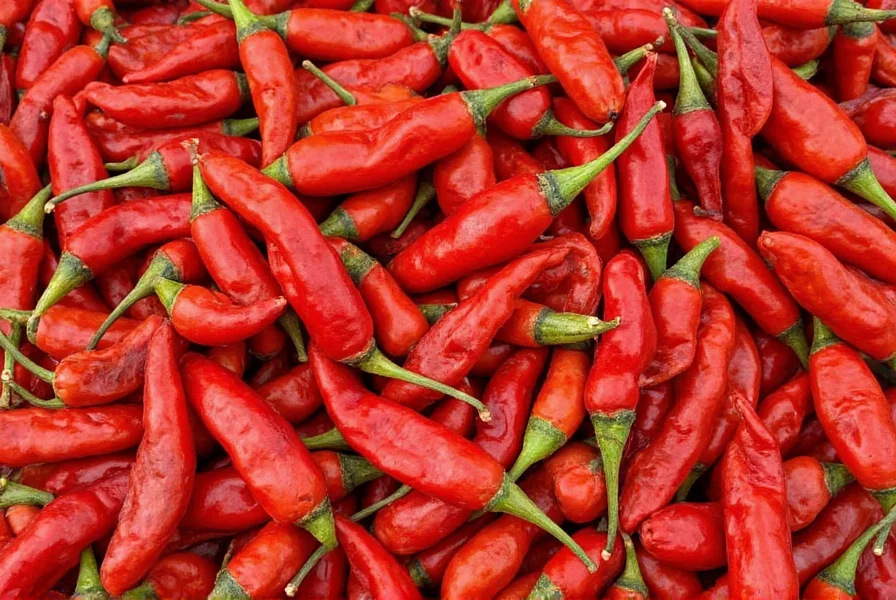
The Heat Factor: Scoville Levels Explained
The Scoville scale measures capsaicin content to determine spiciness. Most crushed red chilies fall between 30,000 and 50,000 SHU, placing them between cayenne pepper and hotter varieties like Thai bird chilies.
| Pepper Type | Scoville Heat Unit (SHU) |
|---|---|
| Bell Pepper | 0 |
| Jalapeño | 2,500–8,000 |
| Cayenne | 30,000–50,000 |
| Crushed Red Chilies | 30,000–50,000 |
| Habanero | 100,000–350,000 |
Source: USDA FoodData Central
Versatile Uses in Everyday Cooking
Crushed red chilies enhance flavor in countless dishes. Common applications include:
- Pasta Sauces: Add a pinch to marinara for quick flavor enhancement.
- Olive Oil Infusion: Create garlic-chili oil for bread dipping or salad dressings.
- Grilled Meats: Incorporate into dry rubs for ribs or chicken.
- Soups & Stews: Add warmth and complexity to broths and slow-cooked meals.
- Popcorn Seasoning: Toss with melted butter for a spicy snack.
Buying Guide: How to Choose the Best Crushed Red Chilies
Select high-quality crushed red chilies by considering these factors:
What to Look For:
- Freshness: Check expiration dates; fresher chilies retain more flavor and potency.
- Texture: Choose coarser flakes for visible texture or fine powders for even distribution.
- Ingredients: Opt for products listing only dried red chilies, avoiding anti-caking agents or preservatives.
- Heat Level: Review labels for mild, medium, or hot options based on pepper blend.
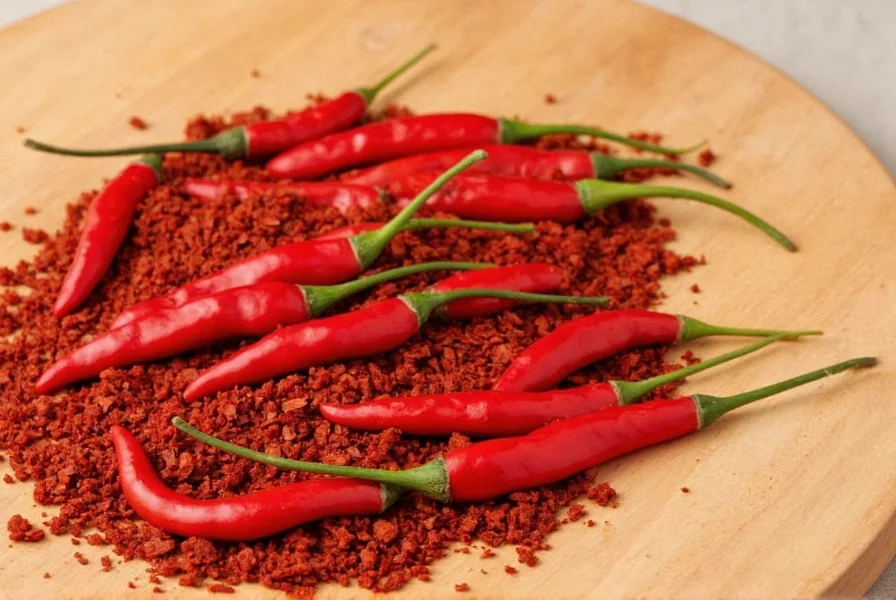
Storage Tips for Maximum Flavor and Shelf Life
Proper storage preserves freshness and potency:
- Airtight Containers: Store in sealed glass jars away from light and moisture.
- Cool Dark Place: Keep in a pantry or cupboard; avoid direct sunlight.
- Freezer Option: For long-term storage, place in the freezer to maintain oils and aroma.
When stored correctly, crushed red chilies retain optimal flavor for up to two years.
Health Benefits of Crushed Red Chilies
Crushed red chilies offer scientifically supported health benefits due to capsaicin:
- Boost Metabolism: According to the Journal of Nutrition, capsaicin may increase metabolic rate by up to 5%.
- Anti-Inflammatory: Research in the American Journal of Clinical Nutrition indicates capsaicin can reduce inflammation.
- Heart Health: The American Heart Association notes capsaicin may improve blood circulation and lower cholesterol levels.
- Pain Relief: Topical capsaicin creams, recommended by the National Institutes of Health, are used for arthritis and muscle pain.
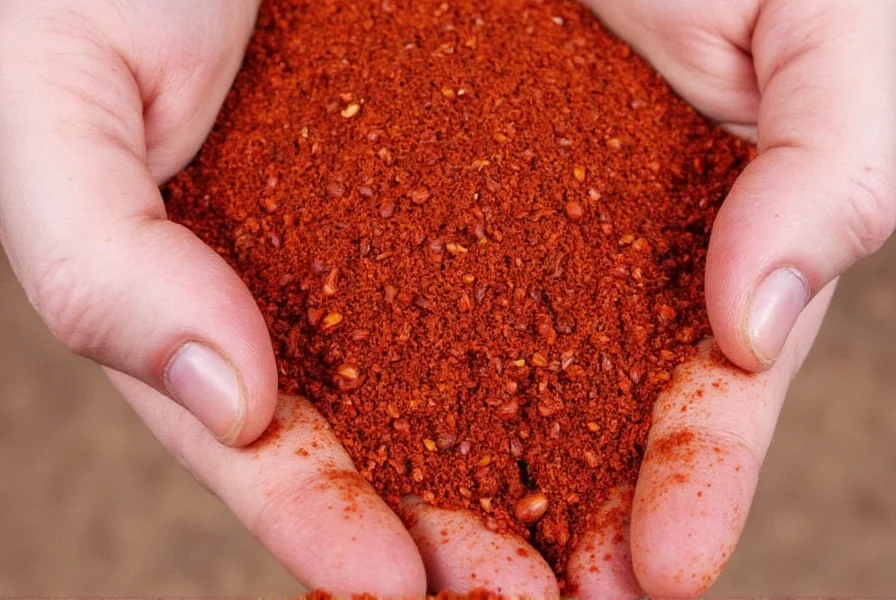
Crushed vs. Flakes vs. Powder: A Visual Comparison
Understanding texture differences helps optimize cooking results:
| Type | Texture | Heat Level | Best Use |
|---|---|---|---|
| Crushed Red Chilies | Medium-coarse | Moderate to high | General cooking, sauces, garnishes |
| Chili Flakes | Coarse, flaky | Mild to moderate | Italian dishes, pizza, pasta |
| Chili Powder | Fine powder | Mild | Spice blends, soups, stews |
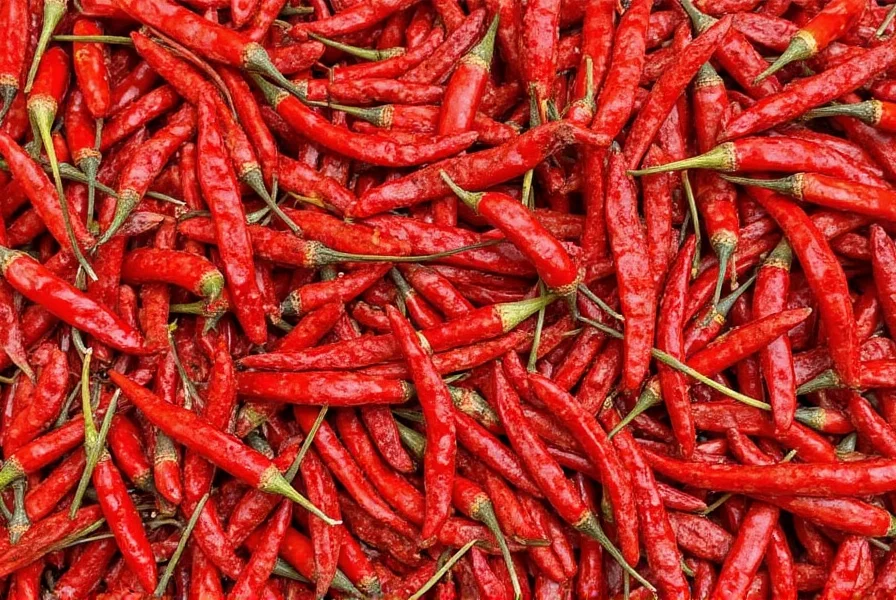
Tasty Recipes to Try With Crushed Red Chilies
Simple recipes to incorporate crushed red chilies:
- Garlic Chili Olive Oil Spaghetti
Sauté minced garlic in olive oil until golden. Toss with cooked spaghetti, salt, and crushed red chilies. Finish with Parmesan and fresh parsley. - Chili-Rubbed Grilled Chicken Skewers
Mix crushed red chilies with paprika, garlic powder, salt, and olive oil. Rub onto chicken skewers before grilling until charred and juicy. - Spicy Honey Roasted Carrots
Toss carrots in olive oil, honey, crushed red chilies, and salt. Roast at 400°F (200°C) for 25 minutes.
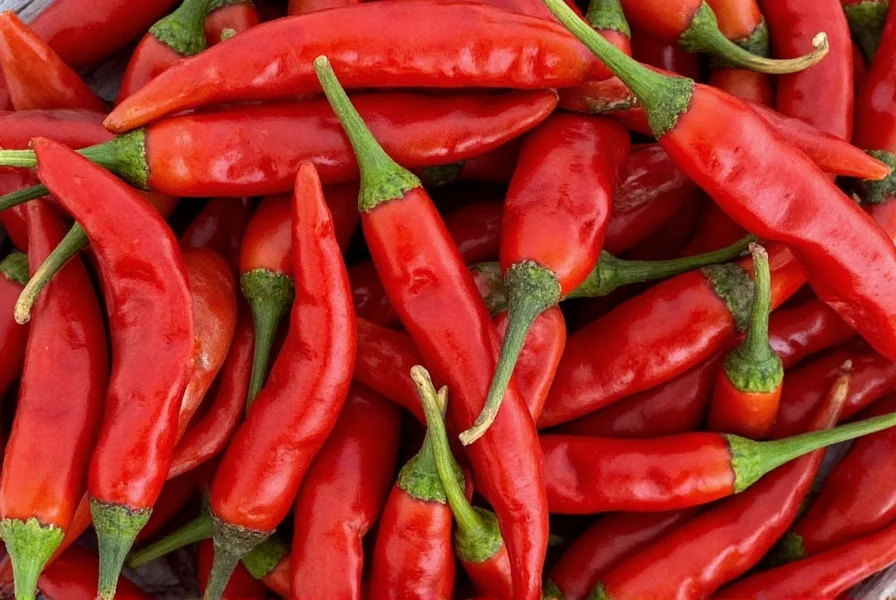
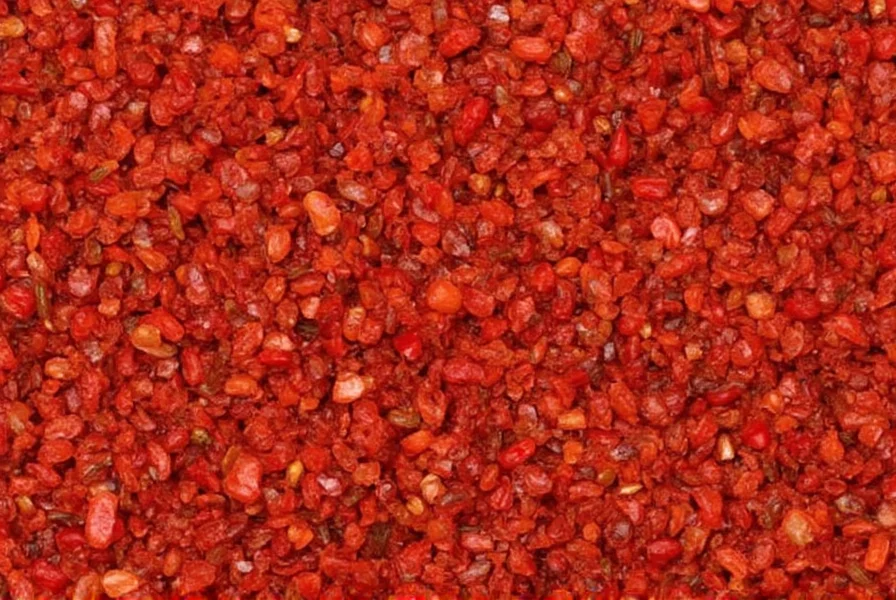
Frequently Asked Questions
How much crushed red chili should I use in recipes?
Start with 1/8 to 1/4 teaspoon for dishes serving 4 people. Heat intensifies during cooking, so begin conservatively and adjust at the end. The USDA recommends gradual addition for precise flavor control.
Are crushed red chilies the same as red pepper flakes?
Yes, these terms are interchangeable. Both refer to dried, crushed red chili peppers. Variations in heat or texture depend on the pepper blend used by manufacturers.
Can I substitute fresh chilies for crushed red chilies in recipes?
Yes, with adjustments. For every 1/4 teaspoon of crushed red chilies, use 1-2 fresh chopped chilies (e.g., serrano or jalapeño). Fresh chilies add moisture and a brighter flavor, while dried versions provide concentrated, smoky heat.
Why do some crushed red chilies have seeds while others don't?
Seeds and inner membranes contain most capsaicin (the heat compound). Manufacturers may remove seeds for milder products. To reduce heat, sift seeds or toast chilies lightly before use to mellow flavor while enhancing aroma.
How can I reduce the heat if I've added too many crushed red chilies?
Add dairy (yogurt, sour cream), acid (lemon juice), or sweetness (honey). For soups or sauces, coconut milk effectively tames heat while adding creaminess, as recommended by culinary experts.
What's the difference between the heat in crushed red chilies and fresh chili peppers?
Dried crushed red chilies have concentrated, complex heat due to the drying process altering capsaicin chemistry. They offer deeper, rounded heat with smoky notes, while fresh chilies provide sharper, immediate heat without the earthy dimension.
Can I make my own crushed red chilies at home?
Absolutely. Dry ripe red chilies (e.g., cayenne or Fresno) in a dehydrator or low oven until brittle. Crush with a mortar and pestle or spice grinder. Toasting dried peppers before crushing enhances flavor, as confirmed by food science experts.
Conclusion
Crushed red chilies are more than a spice—they're a versatile kitchen essential with scientifically supported health benefits. From boosting metabolism to enhancing flavor in global cuisines, they add depth and complexity to everyday meals. Proper storage and precise usage ensure optimal results every time.
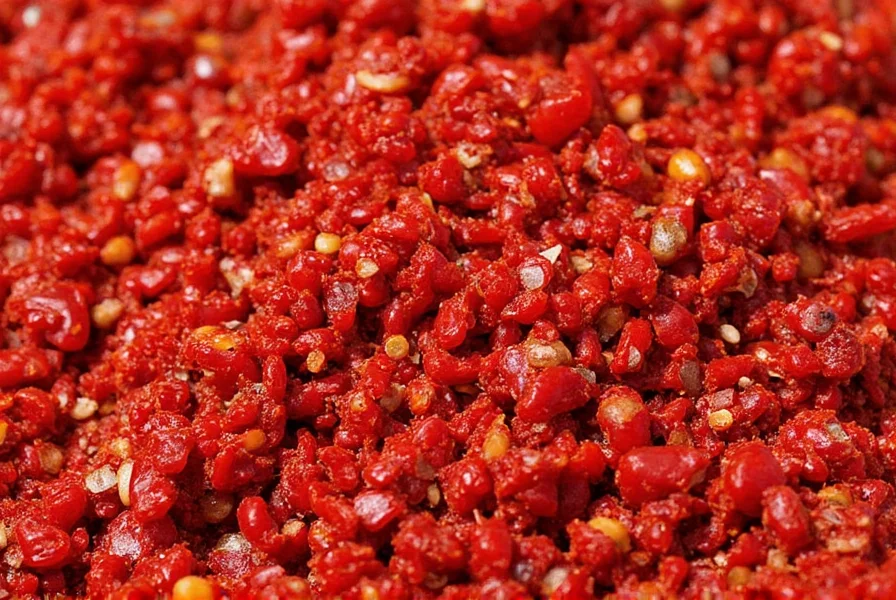

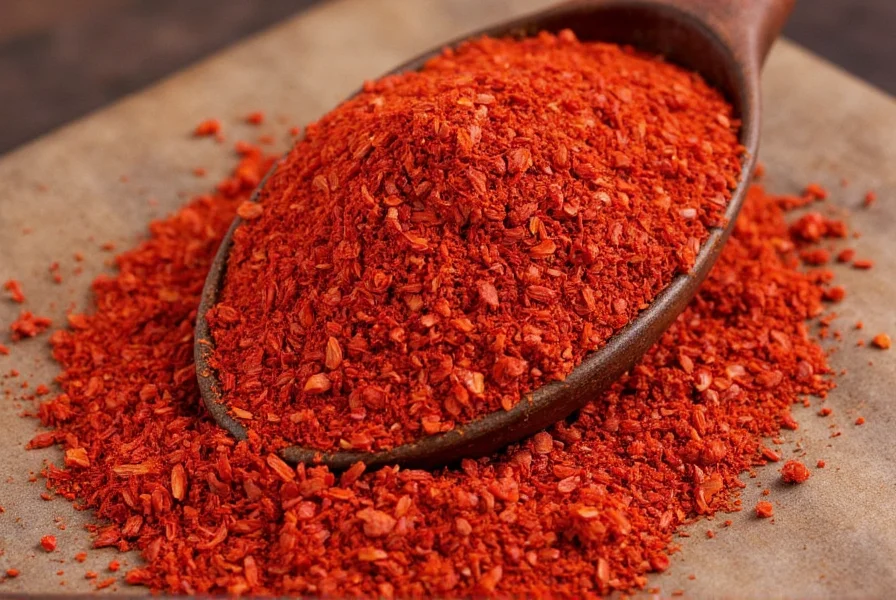









 浙公网安备
33010002000092号
浙公网安备
33010002000092号 浙B2-20120091-4
浙B2-20120091-4